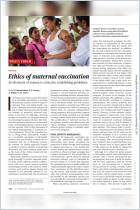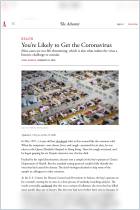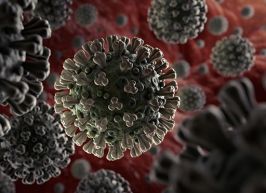Join getAbstract to access the summary!

Join getAbstract to access the summary!
Nidhi Subbaraman
How Does COVID Affect Mother and Baby?
Pregnant women fare worse than others, although the risks to the fetus are slight.
Nature, 2021
What's inside?
COVID-19 presents serious risks to pregnant women, but rarely harms their unborn babies.
Recommendation
Despite wide data gaps, research points to serious health risks for pregnant women infected with COVID-19, including premature delivery, hospitalization or death. Most physicians strongly recommend mRNA vaccines to pregnant patients, especially those with comorbidities. On the bright side, babies face low risk of infection and physical harm from their mother’s disease.
Summary
About the Author
Nidhi Subbaraman is a senior reporter for Nature based in Washington, DC.
















Comment on this summary